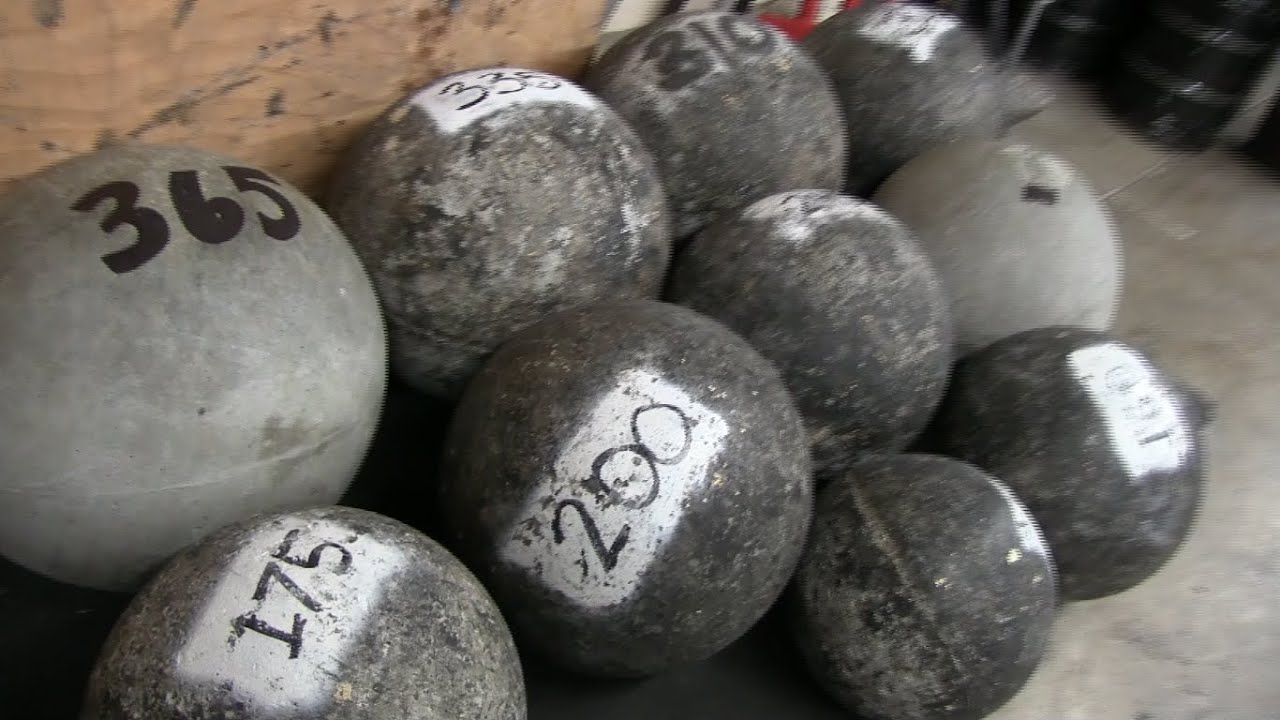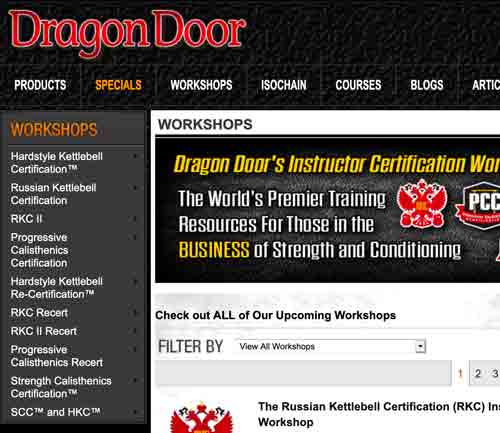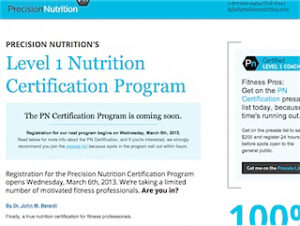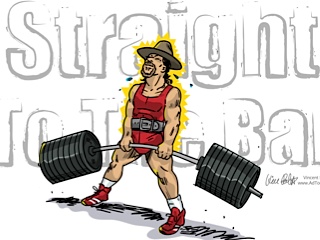
Lets face it – strength athletes are animals! They train. They train hard. And they leave it all on the table! Some of the best workouts I’ve been a part of took place in a garage in suburban America where we were flipping tires, performing Olympic lifts and heavy deadlifts and pretty much going balls to the wall.
While the strength athletes are certainly gung-ho about their workout, often the most overlooked component to their entire training plan is the recovery and regeneration.
“That stuff is for sissies!”
“If I’m not pushing max weights, I’m not making progress!”
These two dogmas couldn’t be further from the truth. In fact, with some proper planning and attention to recovery, strength athletes could potentially make the gains that have eluded them for the past few years. In addition, it’s important to remember that in the gym we tear down tissue. We grow and get stronger when we rest and allow our body to adapt to the training stresses we have just imposed on it. If we never give it time to adapt and get stronger, then we’re constantly in a phase of breaking down, and that certainly will catch up to us in time.
I have outlined five recovery strategies that can be beneficial to all athletes (not just strength athletes) and instrumental in avoiding overtraining, potentially preventing injury and setting you up for continued progress in the weight room.
1) Unload
Give yourself a break some times! Yes, progressive overload is important to making gains. But, backing off and giving your nervous system a break is also important. You can’t max out every day (and probably not every week even…at least not for any considerable amount of time) as you will likely hit the wall sooner rather than later.
Unloading could be accomplished in a variety of ways. It could be just lowering the intensity (the amount of load lifted in relation to your 1RM for a given lift) for a week. For example, if you are squatting 4 sets x 5 reps @ 87%, the following week you could unload the intensity by performing 4 sets x 5 reps @ 75%. It could be in the form of lowering the volume. So, if you are working on squatting 4 sets x 5 reps @ 87%, next week you could unload by performing 5 sets x 2 reps at 87% before ramping back up. Or, it could be in the form of just taking a few days off and maybe partaking in some active rest (an easy walk, riding the bike, etc).
Whatever you choose, allowing yourself to back off a little bit not only helps the nervous system recover from all the heavy/intense training, but it also gives the joints and tendons some time to recover, since going heavy too frequently can lead to a lot of aches and pains.
An easy way to set up time for unloading is to use a 4-week schedule. Week number four is always going to be your unload week before starting to work the intensity back up or changing the training focus (IE, from strength emphasis to power emphasis) in the next 4-week wave. The 4-week wave also fits nicely into a month training plan, which is why I like it.
While there are many ways to incorporate unloading into your program (and some of this will be dictated by your sport and the amount of time you have to prepare for competition), here are two generic examples to give you an idea:
| High Volume | Moderate Volume | Very High Volume | Unload | |
| Exercise | Week 1 | Week 2 | Week 3 | Week 4 |
| Bench press | 4×5 | 3×5 | 6×5 | 2×5 |
| Chin ups | 3×8 | 2×8 | 4×8 | 2×8 (decrease load or use body weight if you typically use extra weight for work sets) |
| Base Week | Moderate Intensity | High Intensity | Unload | |
| Exercise | Week 1 | Week 2 | Week 3 | Week 4 |
| Bench press | 3×5@80% | 4×5@82% | 6×3 start at 85% and work up to a max over 6 sets | 2×8@70% |
| Chin ups | 3×8 | 3×5 | 5×5 | 2×8 (decrease load or use body weight if you typically use extra weight for work sets) |
2) Nutrition Around The Workout
What you eat is critical to what you get as a return on your training investment. Making sure you’re getting quality calories is important to ensure that your body is fueled up for the next training bout. Incorporating a post-workout shake or meal is also important to help replenish muscle glycogen (stored energy) that was burned during your workout and to start repairing damaged tissue (protein synthesis).
This year I had the opportunity to attend the NSCA’s 31st National Conference. Joel Cramer PhD, Jeff Stout PhD, and Joseph Weir PhD gave a three-part talk on Nutritional Supplementation Before, During and After Resistance Training. They really drove home the point that we need to be on top of our supplementation around workout time. One thing that they talked a lot about was the potential for protein synthesis to be maximally stimulated by increasing amino acid delivery to the muscles at the time when blood flow is increased (which is just prior to and during our workout). After presenting the research, Jeff Stout concluded that, “consuming carbohydrate and protein pre-, during and post-resistance training can significantly reduce muscle damage. By reducing muscle damage, athletes should be able to increase speed of recovery, and allow for them to participate in the next high-intensity exercise sooner.”
A simple way to put this into practice is to bring a shake to the gym that you can sip on just before and during your workout. Sometimes, because of how whey protein is, it is not the best texture to sip on during training. If this is the case for you, there are a number of Branched Chain Amino Acid (BCAA) products out there which have a much more manageable texture and taste for prior and during the workout (some of them taste a lot like Gatorade).
3) Paying Attention To Things That Hurt
The five worst words in the English language are “maybe it will go away“. If something hurts, it means that something is wrong. Figure out what that something is and correct it before it turns into a bigger problem.
Oftentimes, little, nagging problems can be fixed by incorporating some stretching and corrective exercise into your daily routine. This doesn’t mean you have to join a yoga class or stop lifting heavy and pick up five pound dumbbells and wave them around like an idiot on one leg. But, it does mean that you need to be aware of what is going on with your body and know what to do to fix it.
Corrective exercise and stretching are not stressful on the system and can help with your recovery and regeneration. Perform some of the corrective exercises prior to your lifting, as part of your overall general warm-up and perform stretches post-workout once the muscles are warm. As well, since they are not stressful, you can perform the corrective exercise and stretches on off days. In fact, this is recommended, as it will help make the effects of these modalities more long-lasting. Performing some flexibility and mobility work on off days can be a great way to get active rest and keep the body healthy.
4) Low-activity Exercise To Help Recovery
Obviously I am not talking about preparing for a marathon here. While it is understood that training for maximal strength and performing high amounts of endurance work are not compatible, the strength athlete can gain some benefit from some low activity exercise on off days. By low activity exercise, I mean some brisk walking or riding a bike, or as Louie Simmons used to propose – sled dragging to raise General Physical Preparedness (GPP). Whatever method you choose, the goal should be to get the heart rate up a little bit, which helps to get some blood flowing to the muscles and helps to remove some waste and by-products built up from training. It also raises your work capacity, which can be extremely important as the higher your work capacity, the greater amount of training volume you will be able to handle in the weight room. I like to perform this type of work after a heavy leg day to help get blood move through my lower body and help decrease some of the soreness/stiffness that I may be feeling.
In addition to the recovery benefits (and the general health benefits to performing some cardiovascular work), this can also be helpful for strength athletes who need to burn extra calories in order to make weight for a competition – although you really need to focus on your diet for that, as doing too much cardiovascular activity can prevent further strength gains. While many people use interval training for fat loss (which I am a big fan of), sometimes a lot of interval work can be taxing on the lower body – which can be detrimental to progress for a strength athlete who is training their lower body heavy (usually 2x’s a week to boot) and dieting down to get to a certain weight class. Throwing a few days a week of interval training on top of that could be a recipe for trouble.
5) Soft-Tissue Work
Self-care is very important for everyone, not just strength athletes. Working on your soft tissue can be helpful in preventing trigger points and myofascial pain. A lot of the nagging injuries we sustain can be combated with a consistent dose of good soft tissue work as it keeps the tissues healthy, pliable, and gel-like.
Finding a good therapist and getting work done (even if it is just once a month) can be exceptional. It doesn’t matter what type of therapist you go to, (NMT, ART, MFR, etc.) – the treatment is only as good as the person giving it. And in reality, all of the above have a lot of similarities. The letters are mainly just nice marketing.
A foam roller and/or a tennis ball are great tools to use for self-care when you can’t get to a skilled therapist. Roll on either of these and locate tight, tender, or sensitive bands of tissue within our muscles, then maintain pressure on those bands for a short period of time before moving onto the next area of congestion. This can help break apart fascial adhesions and/or trigger points which have formed in areas of stress within the muscle. I wrote a more comprehensive article, Trigger Point 101, on this subject which is worth reading if you are interested in learning more.
Conclusion
There are many other techniques that can be used to help aid in recovery between training bouts, but hopefully these five tips give you some ideas to play with. Taking care of your body should be the goal of any great program. If you are strong, but you are always in pain – then your training is all for naught and the break-downs will eventually catch up to you. Understanding what you can do to help keep your joints and connective tissue healthy and keep your nervous system firing on all cylinders will not only assist you in making continued progress, but will also ensure that you can do it for a long time to come.











0 Comments
Trackbacks/Pingbacks